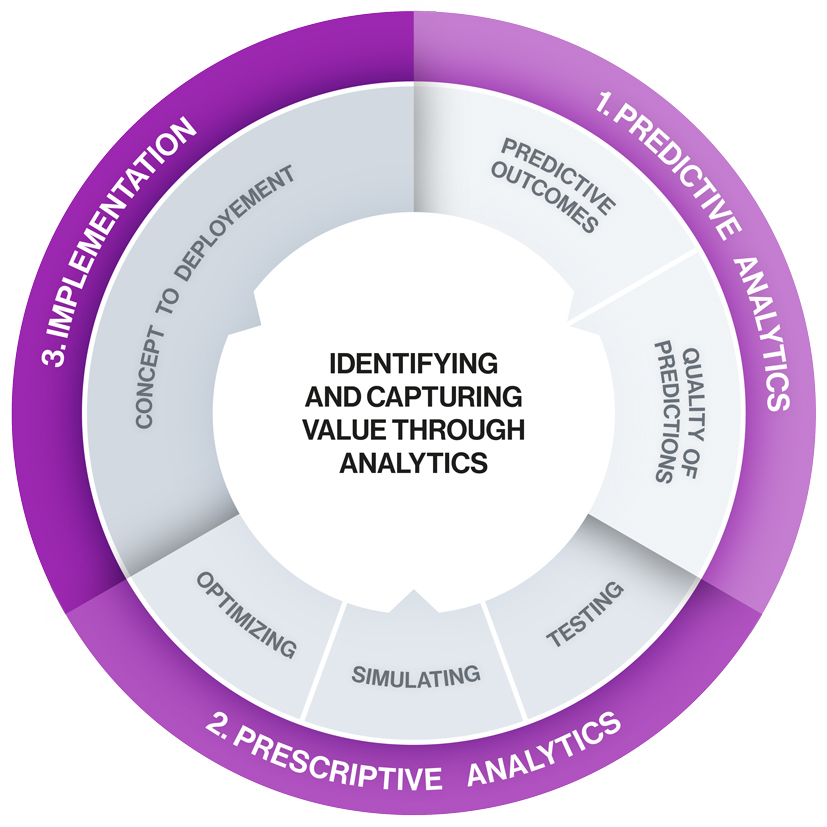
Business Analytics Skills Needed Now and in the Future
Business analytics has become more critical than ever especially as it’s been applied to a growing variety of functions such as operations, marketing, finance, and strategic planning. Charles Daniel Guetta, faculty co-director of the Business Analytics (Online): Create Value Through Data Analysis program, shares key insights into what data business analytics skills will be needed now and in the future.








